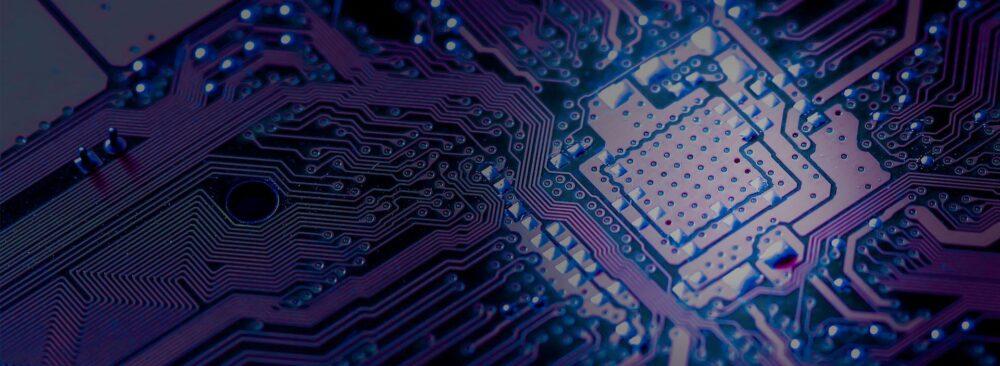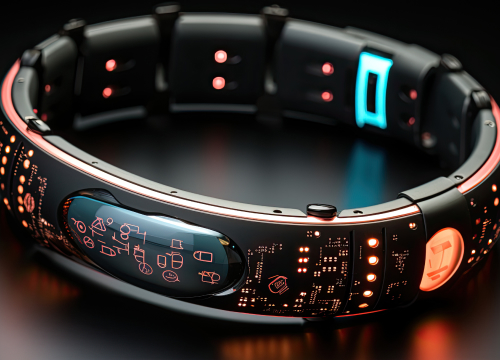We may not realize it but an average human makes use of embedded software development (aka firmware development) products every day. Being surrounded by numerous brainchildren of state-of-the-art technologies, we start the morning by employing our coffee machine and microwave oven. We can’t imagine our daily routine without computer peripherals and accessories (printers, monitors, earphones, routers, flashcards, etc.), TVs, washing machines, etc. As for mobile phones, we hardly let them out of our hands – either at work or during leisure time. All of these devices rely on embedded solutions.
Meet Embedded Systems
Embedded solutions have been around for over half a century, coming all the way from high-tech luxury items to ubiquitous and affordable embedded software programming products. Embedded development teams (and Sirin Software is proud to be one of them) see to it that this disruptive know-how finds wide application in a plethora of domains.
Alongside commonplace home appliances and smartphones, embedded systems are leveraged in vehicles, medical equipment, tracking gizmos, agricultural sensors, and wearable devices, to mention a few. The advent of the Internet of Things provides an additional field of embedded software development employment where IoT embedded solutions become cutting-edge innovative products revolutionizing both the very process of embedded software programming and firmware development as well as the digitalized environment people of the 21st century live in.
Typically, embedded systems consist of a piece of hardware with a UI, memory, input/output interfaces, processor, microcontroller, and communication ports and circuits that has built-in software enabling the unit or the whole mechanism it makes a part of to perform one specific function. Thus, in comparison with conventional software embedded solutions are more accurate, reliable, and fast. Yet, despite the seeming simplicity of architecture and operation, firmware development is fraught with certain issues that any embedded development team has to handle.
Challenges Embedded Software Development Faces
Being a seasoned player in the realm of embedded software programming, Sirin Software is well aware of the mission-critical aspects of firmware development that should be approached with utmost care while creating embedded systems.
- Stability. Consumers expect an embedded device to always behave in a prescribed way, providing a uniform UX under all circumstances. Knowing such user requirements embedded development teams should make stability one of their priorities.
- Connectivity. Most embedded gadgets today are to be provided with various connectivity options (Bluetooth, Wi-Fi, Ethernet). It involves leveraging the respective tech stack and engaging experts who are well-versed in the software sophisticated along such lines.
- Wireless updates. A fair share of devices built with embedded technologies isn’t updatable. Others do need updates that are mostly delivered over the air (see above). But the procedure of updating embedded solutions is radically different from the one employed for updating other software-reliant devices.
As a rule, the owners of the latter receive a message about the availability of a new version that can be downloaded from a secure website at will. Embedded systems are a different story. Programmers who design them should take care the updates are downloaded and executed automatically with no human intervention.
- Security. Being connected to the internet and open for downloads from the web spells being under a constant threat of hacker attacks. It is especially true of IoT devices that can be targeted by cybercriminals who attempt to exploit their vulnerabilities to render them inoperable or demand a ransom for restoring their functioning. Consequently, serious security measures must be implemented by developers to avoid such accidents.
- Debugging. Being secure means not only being protected against directed cyber attacks but also being bug-free. As developers admit, about 40% of the time they spend building an embedded solution is used for debugging endeavors. And the surge of connected devices usage, as well as the increase of open source software employment, are only likely to move this problem to the forefront, forcing developers to double their efforts in this area.
- Safety. Appliances built around embedded solutions must be safe for exploiting in all environments they are meant to run in. So, the life cycle of embedded software programming has stringent provisions as to the quality and testing of the end product that should be envisaged at the planning stage.
- Compatibility. Since embedded gadgets are produced by numerous developers, they are often standalone items with software that is hardly in sync even with the products of one manufacturer to say nothing of cross-brand compatibility. The solution to this problem can be achieved only via concerted efforts of the majority of niche stakeholders.
- Design restrictions. Three basic requirements to the solutions in the realm are a small footprint, low energy consumption, and long-term maintenance-free functioning. As a rule, focusing on one of them compromises the others. Ideally, developers should aim for a wise tradeoff among these vital parameters.
- Time pressure. In our rapidly-changing world, business owners crave shorter time-to-market and time-to-revenue indices – an urgency that is likely to have an adverse effect on the quality and security of the end products. Besides, the quick pace of technological progress is sure to tell negatively upon the lifespan and viability of many embedded systems that are sure to be replaced quite soon by the newly arriving know-how.
Final Thoughts
Embedded products are increasingly used in an ever-growing number of industries calling for greater demand on the global market. In spite of their rather uncomplicated structure and limited functionality scope, building them is a no-nonsense job, so you should know the pitfalls and bottlenecks that accompany their creation. That is why it is wise to entrust the ordeal of embedded software development to skillful specialists with substantial experience in the field.





